Thinking About a Barn Home? A Builder’s Honest Advice
I’ve been turning old buildings into new homes for what feels like a lifetime. My first big test was a collapsing tobacco barn out in central Kentucky. The owner saw this romantic getaway; I saw rotted sill plates and a roof that was more hole than shingle. We managed to save it, but boy, did it teach me a lesson. Building a barn home isn’t just about chasing a look you saw in a magazine. It’s about getting to know a structure’s bones and having real respect for the work it takes to make it a safe, comfortable place to live.
In this article
- The Big Question: Historic Conversion or New Kit?
- Understanding the Bones: Why a Barn Isn’t a House
- Who Do You Call First? Getting Your Team in Order
- The Initial Walkthrough: What to Look For
- The Heavy Lift: Foundations and Frame Repair
- Controlling the Cavern: Heat, Air, and Sound
- A Look at Regional Quirks
- The Reality of Costs and Timelines
- Making a Big Space Feel Like Home
- Final Word of Warning
- Galerie d’inspiration
These days, barn projects are a huge part of my work, from carefully taking apart and restoring classic timber frames to putting up modern pole-barn kits. Everyone loves the idea of those soaring ceilings and wide-open spaces. But honestly, there’s a huge gap between the pretty pictures and the reality of the job site. My goal here is to share what I’ve learned, so you can go into a project like this with your eyes wide open.
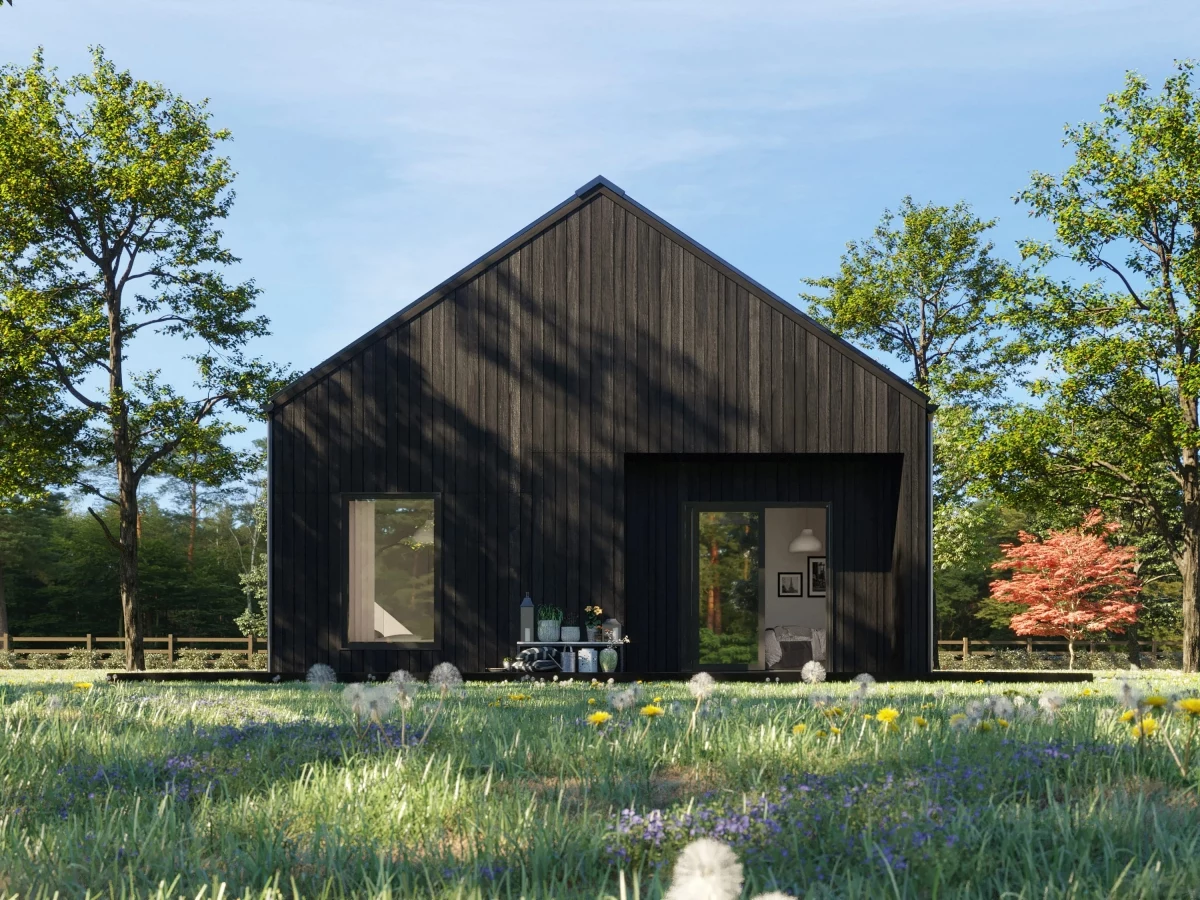
The Big Question: Historic Conversion or New Kit?
Before we get into the nuts and bolts, let’s tackle the first decision you’ll face. Do you want the soul of a true historic barn, or the efficiency of a modern barndominium kit? They’re two very different paths.
A historic conversion is all about character. You’re preserving a piece of local history, and the reward is a home with a story and unmatched authenticity—those hand-hewn beams and original markings are incredible. But let’s be real: this is the more expensive and unpredictable route. The timeline can easily stretch to 12-18 months, and it’s not very DIY-friendly. You’re dealing with structural repairs, and surprises are almost guaranteed. The initial cost of the old barn is often just a down payment on the total project.
On the other hand, a new post-frame (or pole barn) kit is all about predictability and efficiency. It’s engineered from the start to be a home. The costs are much more controlled, you can have a finished home in 6 to 9 months, and there are way more opportunities for a handy homeowner to get involved and save some money. What you trade away is that deep, historical character. It can look fantastic, but it’s a new build designed to look like a barn, not a barn that’s been given a new life.
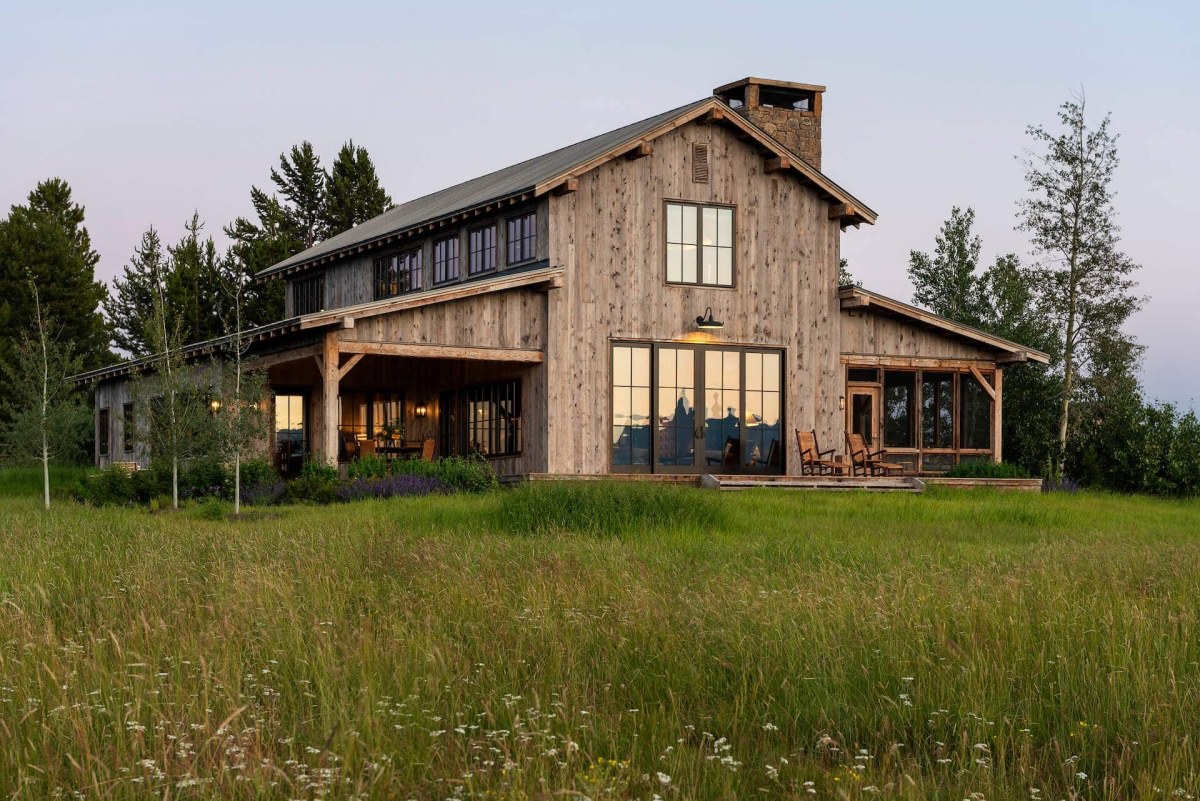
Understanding the Bones: Why a Barn Isn’t a House
You have to understand why a barn was built the way it was. Its whole design was about farming, not human comfort. Forgetting this is the first and, trust me, most expensive mistake you can make.
Traditional Timber-Frame Barns
The classic old barns scattered across the countryside are usually timber-frame structures. They are absolute masterpieces of old-school carpentry. The frame is built from massive posts and beams, often 8×8 inches or even bigger, all connected with hand-cut mortise and tenon joints held by wooden pegs. The skeleton is made of sections called ‘bents,’ which were assembled on the ground and then raised into place.
This method creates those huge, open interiors because the frame itself carries all the weight—the walls are just a skin. Perfect for stacking hay or sheltering animals. But for a home, this creates two big challenges. First, if you start hacking into beams to add a big window, you could weaken the whole structure. Second, there are no stud cavities for your insulation.
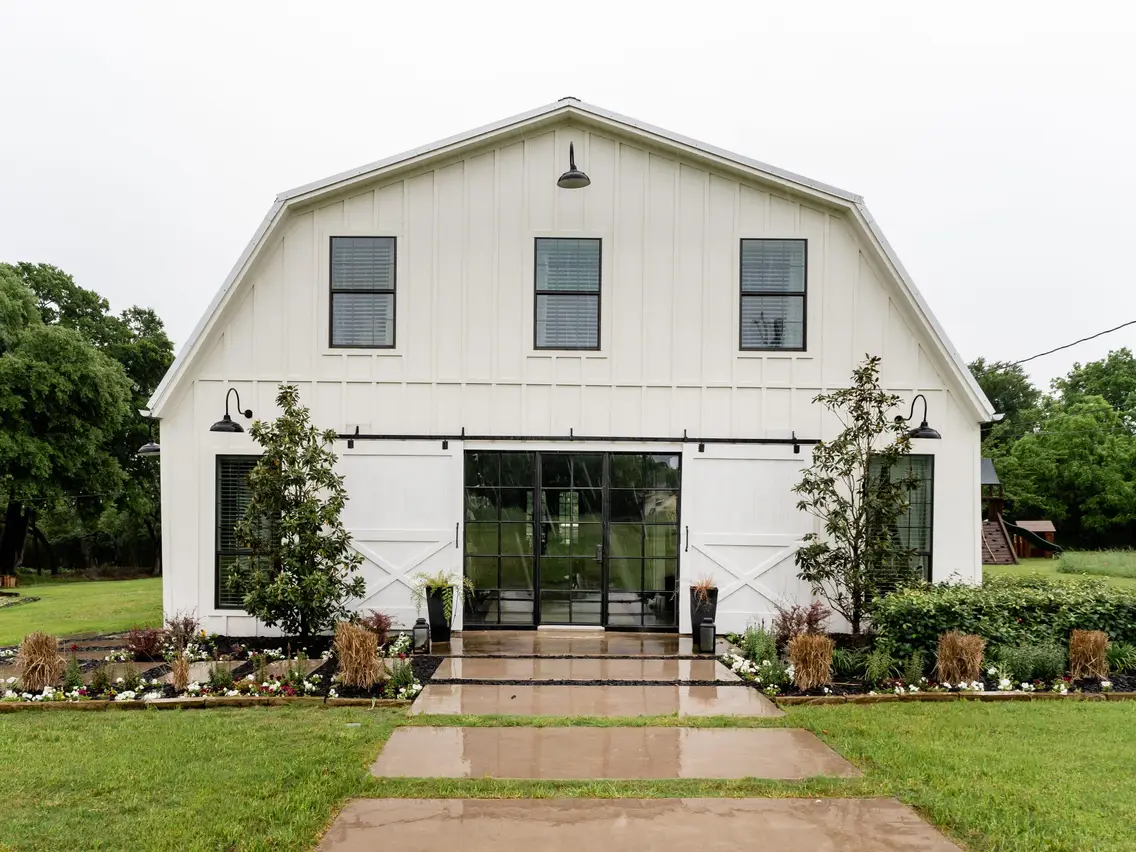
By the way, here’s a cool thing to look for. Many old frames have ‘marriage marks’—Roman numerals carved by the original carpenters to show which pieces fit together. It was the old-world version of IKEA instructions!
Modern Pole Barns (or ‘Barndominiums’)
A modern ‘barndo’ is a totally different beast. It’s built using post-frame construction, a method that’s all about efficiency. Instead of a complex internal skeleton, large posts are sunk deep into the ground or anchored to a concrete slab. These posts support the roof trusses directly. This is way faster and uses less material. The key difference is that the posts are part of the wall system, which completely changes how you plan for things like insulation and interior finishes.
Who Do You Call First? Getting Your Team in Order
So you’ve found a barn or a piece of land. What’s next? People get this wrong all the time. Don’t just call a builder like me and say “go.”
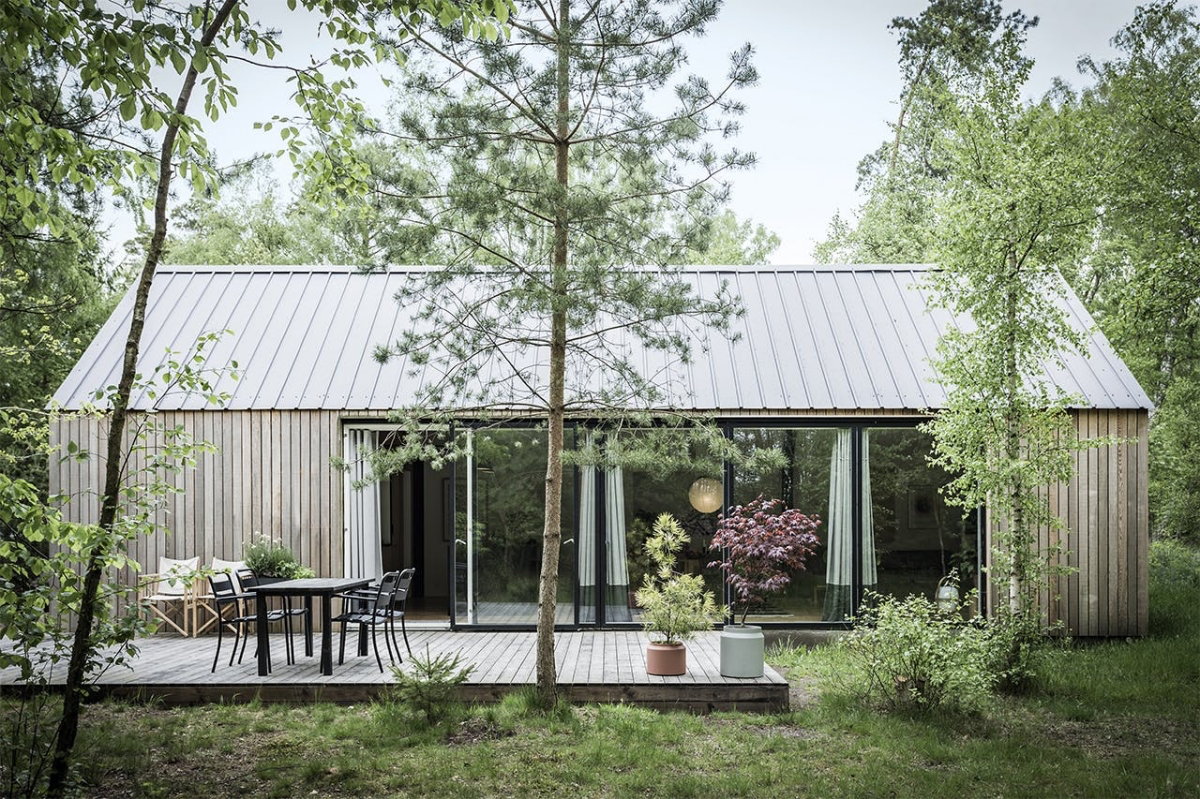
- Your very first call should be to the local planning and zoning office. Seriously. Just because you own a barn doesn’t mean you can legally live in it. You need to confirm the property is zoned for residential use. Getting a variance can be a nightmare in some places, so figure this out before you spend another dime.
- Your second call is to a structural engineer who specializes in old buildings. Not just any engineer. You need someone who understands traditional timber frames. They are the only ones qualified to tell you if the building is sound.
- Your third call is to an architect or designer. They will take the engineer’s report and your vision and turn it into a buildable plan that meets modern building codes.
- Finally, you call the builder. With plans and an engineering report in hand, a good builder can give you a realistic budget and timeline.

The Initial Walkthrough: What to Look For
When you first look at an old barn, you need to play detective. Don’t just show up empty-handed. Bring a powerful flashlight, a long screwdriver or an awl to probe wood, a tape measure, and your phone for tons of photos. You’ll look like you know what you’re doing.
Here’s your checklist:
- The Foundation (or lack thereof): A lot of old barns just sit on loose stone piers. Look for signs of sinking or heaving. That musty, earthy smell of damp rot is a huge red flag. Use your screwdriver to probe the base of every post. If it sinks in easily, the wood is punky and will need replacement.
- Sill Plates: These are the timbers resting on the foundation. They get hit with moisture and bugs first. Look for the fine, flour-like dust left by powderpost beetles.
- The Frame: Eyeball the main posts. Are they vertical? Check the joints for big gaps. Look for any scary-looking cracks in major beams.
- The Roof: Does the main ridgeline sag in the middle? That’s a bad sign. Inside, water stains on the beams will tell you the whole history of past leaks.
The engineer’s report based on this assessment is non-negotiable. It’s the bible for the structural phase of the project.
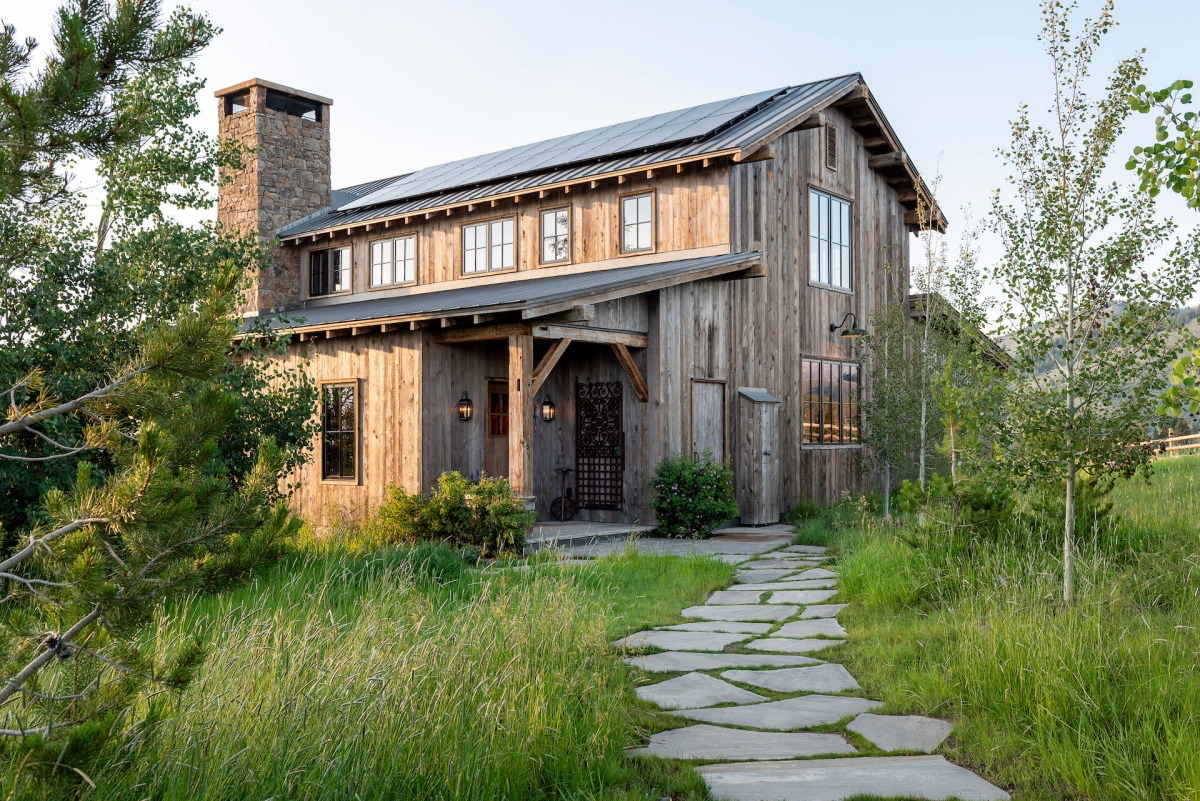
The Heavy Lift: Foundations and Frame Repair
If the foundation and lower timbers are shot, the only proper fix is to lift the entire barn. It sounds terrifying, but for preservation crews, it’s a standard Tuesday. We use hydraulic jacks and cribbing to slowly lift the whole frame a few feet off the ground. This gives us clear access to pour a proper concrete foundation.
Heads up! This is a major expense. For a typical 40×60 foot barn, just lifting the structure and pouring a new foundation can run you anywhere from $35,000 to $75,000, depending on the site and the barn’s condition.
Once it’s on the new foundation, we repair the frame itself. We cut away rotten sections and splice in new timber, aiming to make the repair strong and almost invisible. Then, we wrap the outside of the frame with Structural Insulated Panels (SIPs). These are big sandwiches of foam insulation and OSB board. They create an unbroken blanket of insulation, keeping the timber frame entirely inside your cozy, conditioned space. It’s a bigger upfront cost, but it’s the only way I’ll do a historic conversion. You can find national SIP manufacturers online who can connect you with local installers.
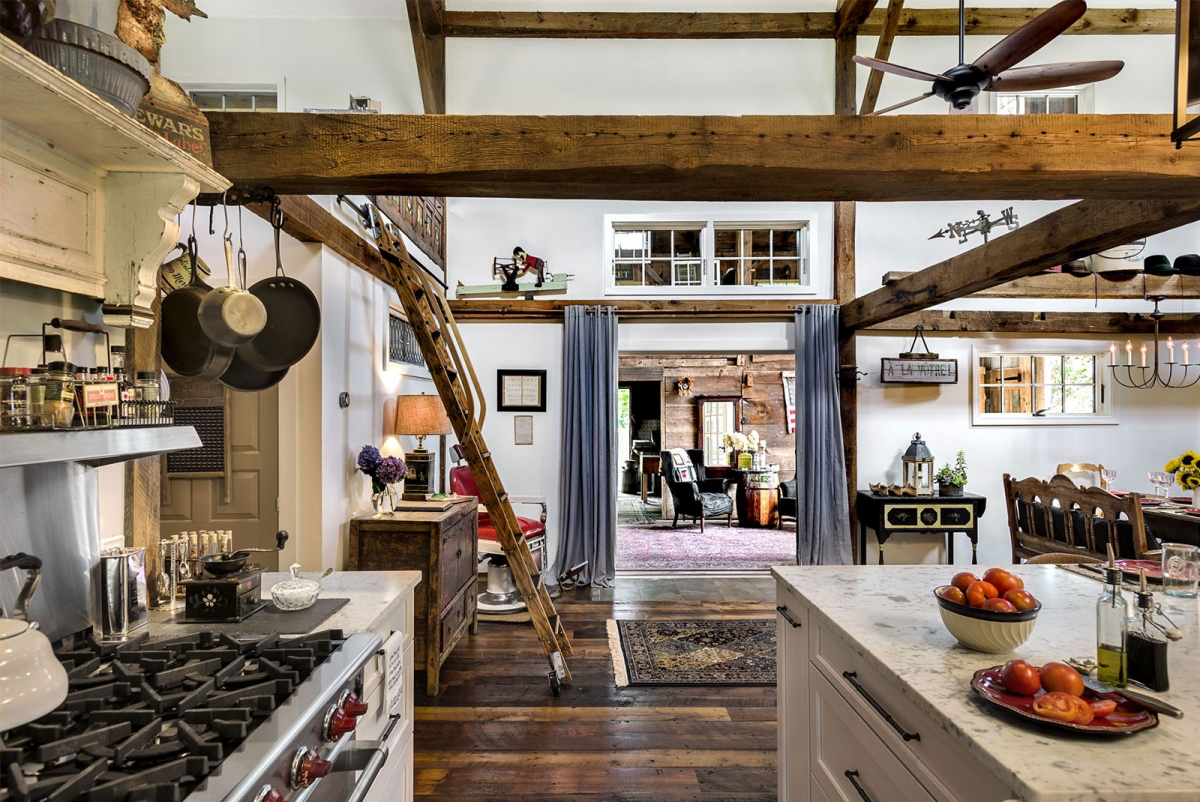
Controlling the Cavern: Heat, Air, and Sound
A barn’s massive open volume is a challenge. All your expensive heat will shoot straight up to that 30-foot ceiling while you’re freezing down below. Proper HVAC design is not optional, and you need a specialist who gets high-volume spaces.
From my experience, a combination system works best. We often put in-floor radiant heat in the concrete slab for a comfortable, bone-deep warmth. Then we add a couple of high-wall mini-splits to handle air conditioning and move the air around. And because these homes are built to be super airtight, you absolutely need a Heat Recovery Ventilator (HRV) to bring in fresh air without wasting all your heat.
A Look at Regional Quirks
Where a barn is from tells you a lot about it. In New England, you find stout barns built for heavy snow, but their foundations often suffer from frost heave. Out in Pennsylvania, you see beautiful bank barns built into hillsides. Their big challenge is water management. You have to get the waterproofing right on that below-grade wall. I had a client who tried to save a few bucks on it, and they’ve been fighting a damp, musty basement ever since. In the Midwest, the iconic gambrel-roof barns are designed to maximize hayloft space, but that complex roof needs a very careful inspection.
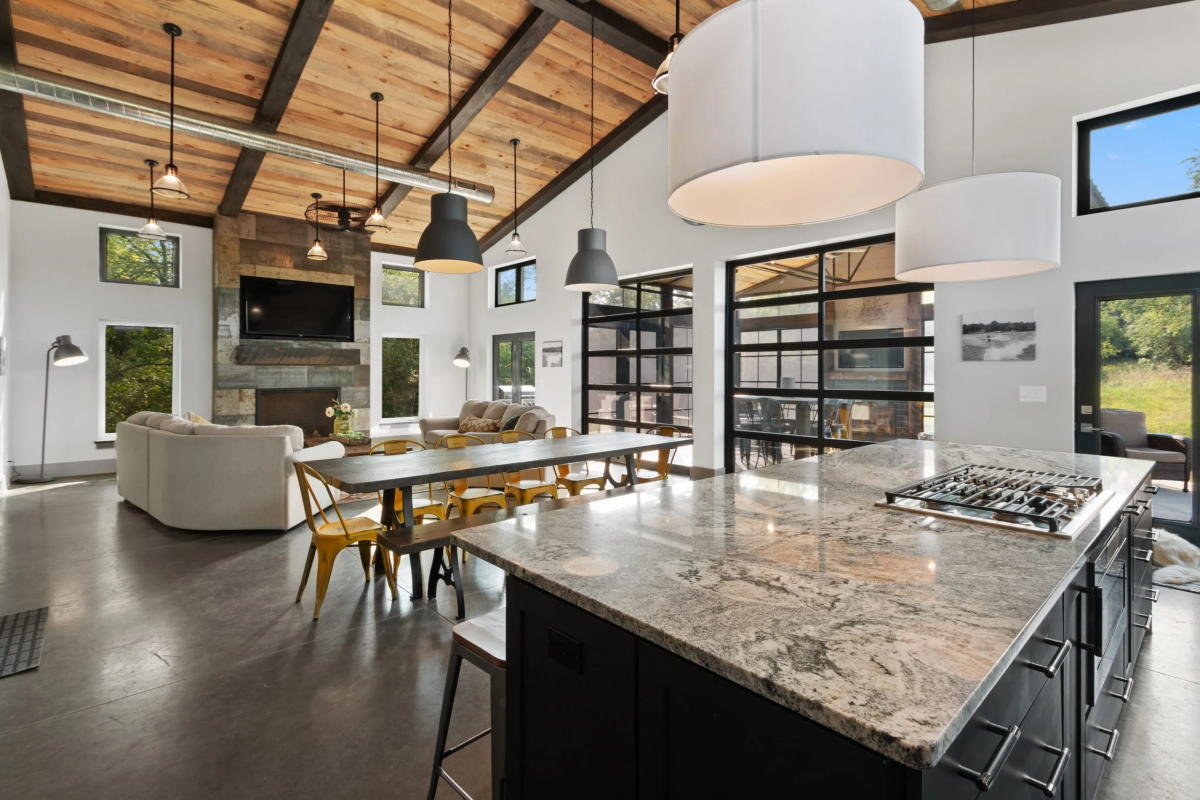
The Reality of Costs and Timelines
So, how much will it cost? The only honest answer is, “it depends.” A new-build barndo might land around $150 per square foot. A complex historic conversion could easily top $400 per square foot. The purchase price of the old barn is often one of the smallest line items.
Here’s where the money goes in a conversion:
- Pro Services (5-10%): Architect, engineer, surveyor. Don’t skip this.
- Site Work & Utilities (10-15%): Driveway, well, septic, power. A new septic system alone can be $15,000 to $30,000.
- Foundation & Structural (15-25%): The biggest wild card. This is where your contingency fund gets used.
- Building Envelope (20-30%): The SIPs, high-performance windows, siding, and roof. A standing-seam metal roof is fantastic, but it can cost double what shingles do.
- Interior Systems (10-15%): All new plumbing, electrical, and that beefed-up HVAC system.
- Interior Finishes (15-25%): The fun stuff—flooring, kitchen, bathrooms, paint.
- A quick note on insurance: Your builder’s risk policy for a conversion will likely be more expensive than for a new build because of the added risks. Factor that in!
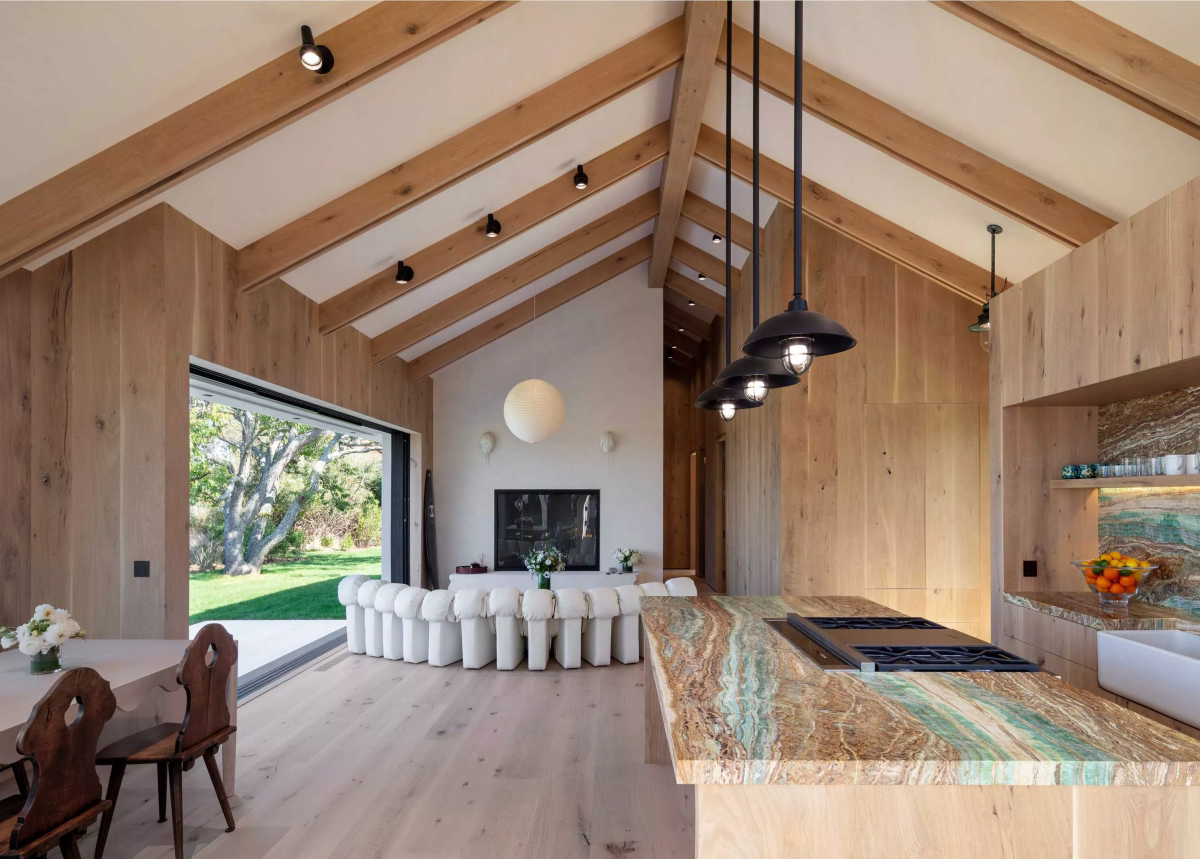
Making a Big Space Feel Like Home
Once the shell is done, the challenge is making that huge space feel cozy, not like a warehouse.
A common mistake is going fully open-concept. Sound bounces everywhere. It’s better to use the barn’s natural post-and-beam bents to create ‘zones’ for living, dining, and cooking. You can also define spaces by changing floor levels or building freestanding ‘pods’ for bedrooms or an office that don’t reach the high ceiling.
Lighting is also tricky. You need layers: uplighting to show off the timber frame, task lighting over counters, and accent lights. Put everything on dimmers.
Using reclaimed wood from the original barn is a great touch, but you have to do it safely. Here’s the process:
- De-Nail Everything: Carefully remove every single old nail. It’s tedious but necessary.
- Kiln-Dry It: This is CRITICAL. You must have the wood professionally kiln-dried to kill any insects and their larvae hiding inside. I once had a client call me a year after a project because they could hear the faint chewing of powderpost beetles in their new mantlepiece. We had to tear it out. Don’t skip this step.
- Mill to Size: Once it’s clean and sterile, you can mill the wood into flooring, paneling, or whatever you have planned.

Final Word of Warning
I can’t stress this enough: these are not simple projects. Never work in a dilapidated barn without an engineer’s sign-off. They really do collapse. Remember, when you convert a barn, the entire thing has to be brought up to modern residential code, and your local inspector will be checking your work.
Can you do some of it yourself? Sure! Painting, trim, and landscaping are great for DIY. But the foundation, framing, electrical, and plumbing MUST be done by licensed pros. I’ve seen too many well-intentioned people create dangerous, unfixable money pits.
Building a barn home can be one of the most rewarding things you ever do. It just takes patience, a realistic budget, and a good team. If you start with respect for the building itself, you can create a home that’s not just beautiful, but built to last for generations to come.
Galerie d’inspiration
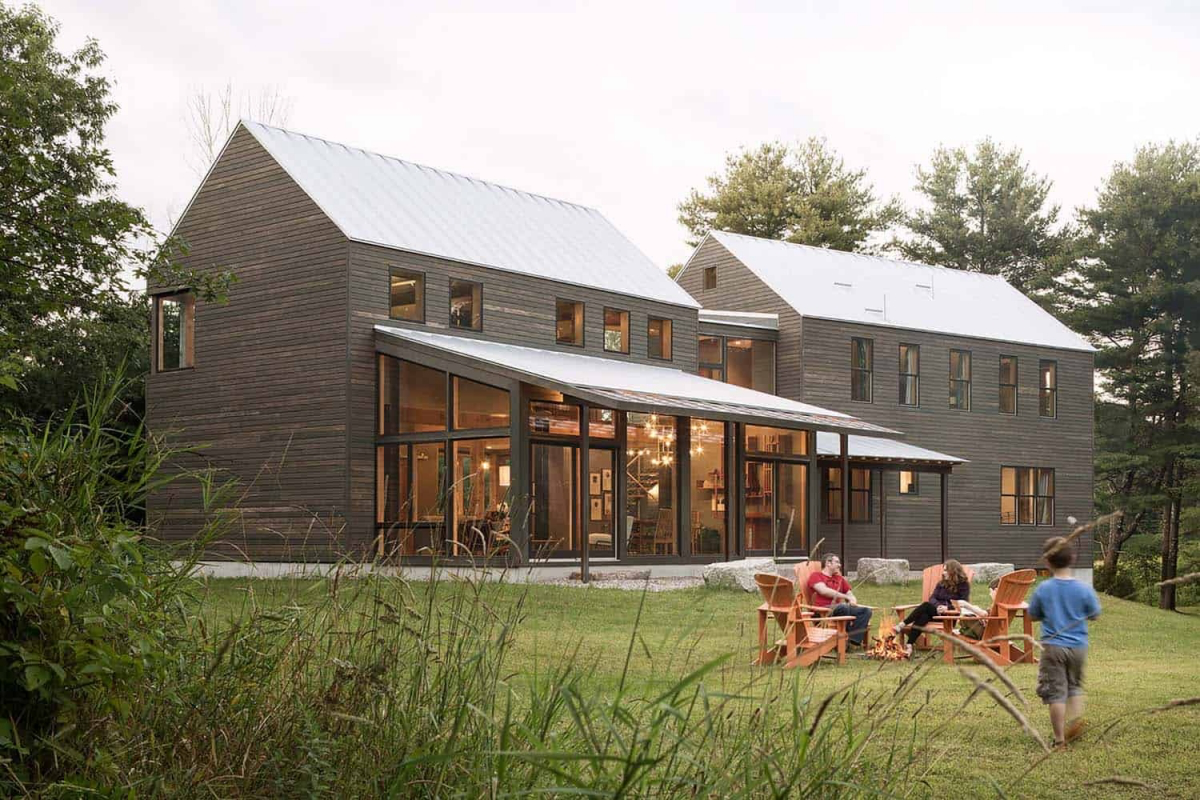
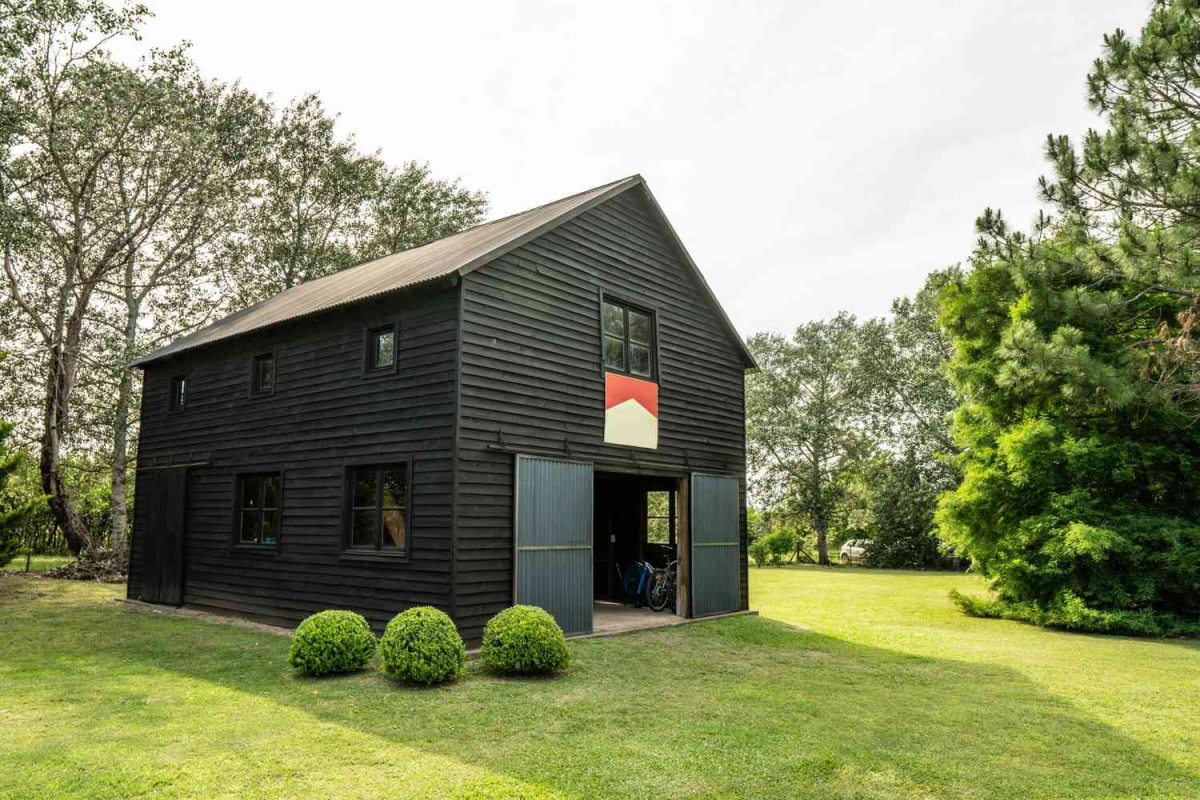
How do you heat and cool a space with 30-foot ceilings without going broke?
It all comes down to the building envelope. For new builds, Structural Insulated Panels (SIPs) are a game-changer, providing a highly efficient, pre-insulated wall and roof system. In historic conversions, the key is sealing every air leak in the old structure. This is where closed-cell spray foam insulation, like the products from Icynene or Demilec, is invaluable. It expands to fill every irregular gap between ancient timbers, creating a monolithic barrier against drafts that fiberglass batts simply can’t match.
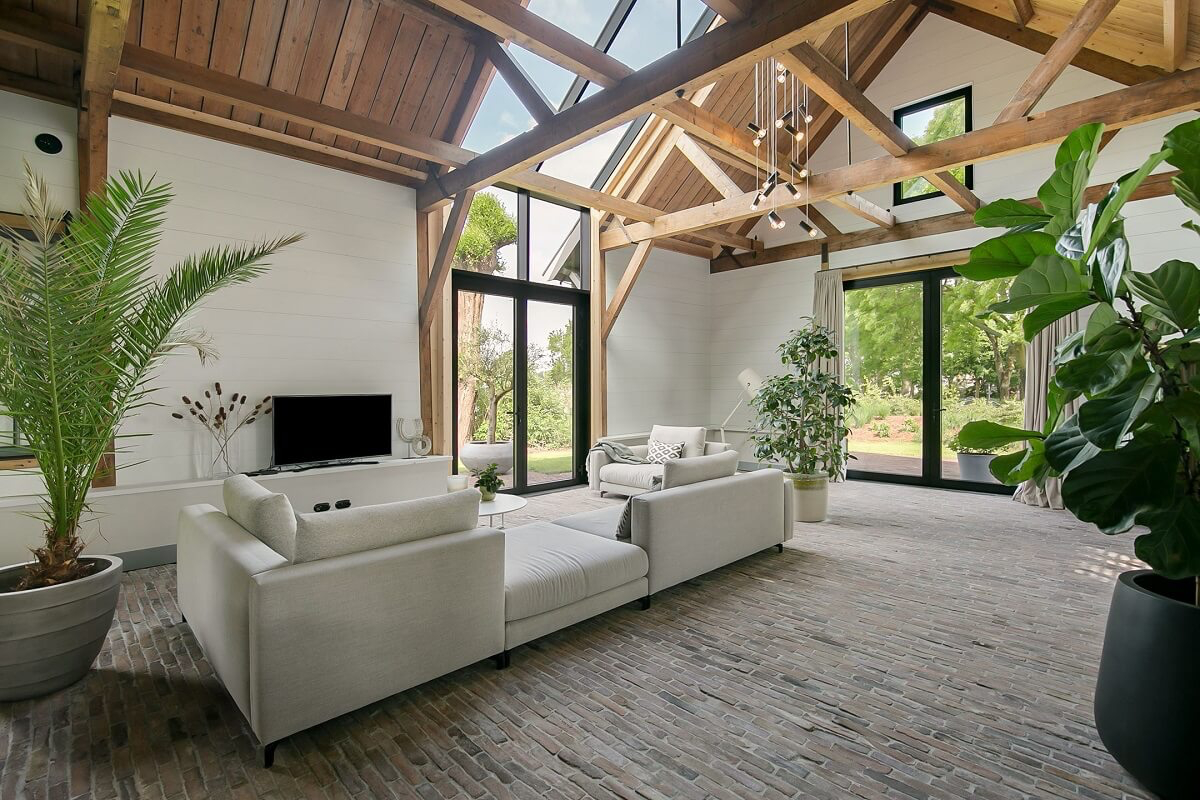
The National Association of Home Builders reports that lighting and appliance choices can affect a home’s energy use by up to 20%. In a large barn home, this impact is even more significant.
This is why a layered lighting plan is non-negotiable. Don’t rely on a single overhead fixture. Instead, combine large-scale ambient pendants that make a statement in the vertical space, directional track lighting to illuminate work areas like kitchen counters, and uplighting to graze the historic timber frames, turning the structure itself into a feature.
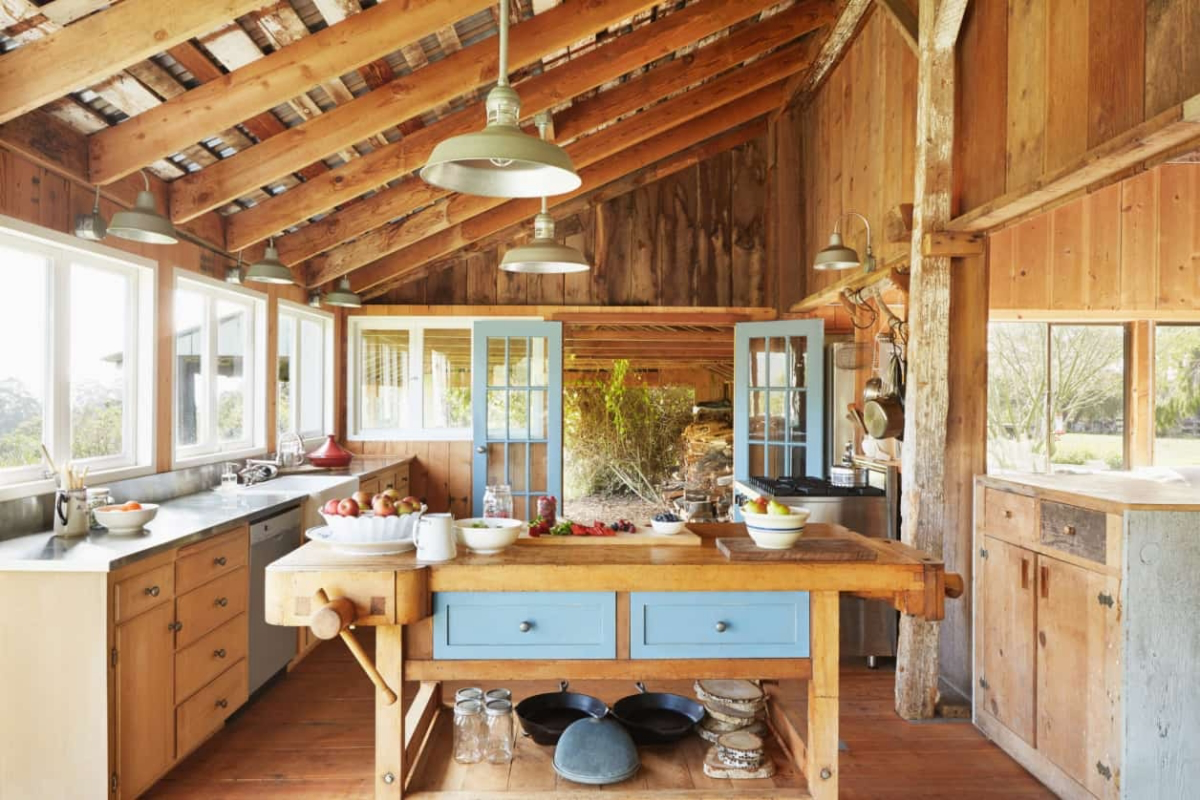
Reclaimed Wood Flooring: Offers unparalleled authenticity and warmth. Each plank, often sourced from dismantled factories or other barns, has a unique history. It’s the perfect choice for a truly rustic feel but comes at a premium price and requires specialized installation.
Polished Concrete Floors: Provide a sleek, modern contrast to the rustic timbers. They are incredibly durable, easy to clean, and are the ideal medium for radiant in-floor heating systems. The industrial vibe can be softened with large, plush area rugs.
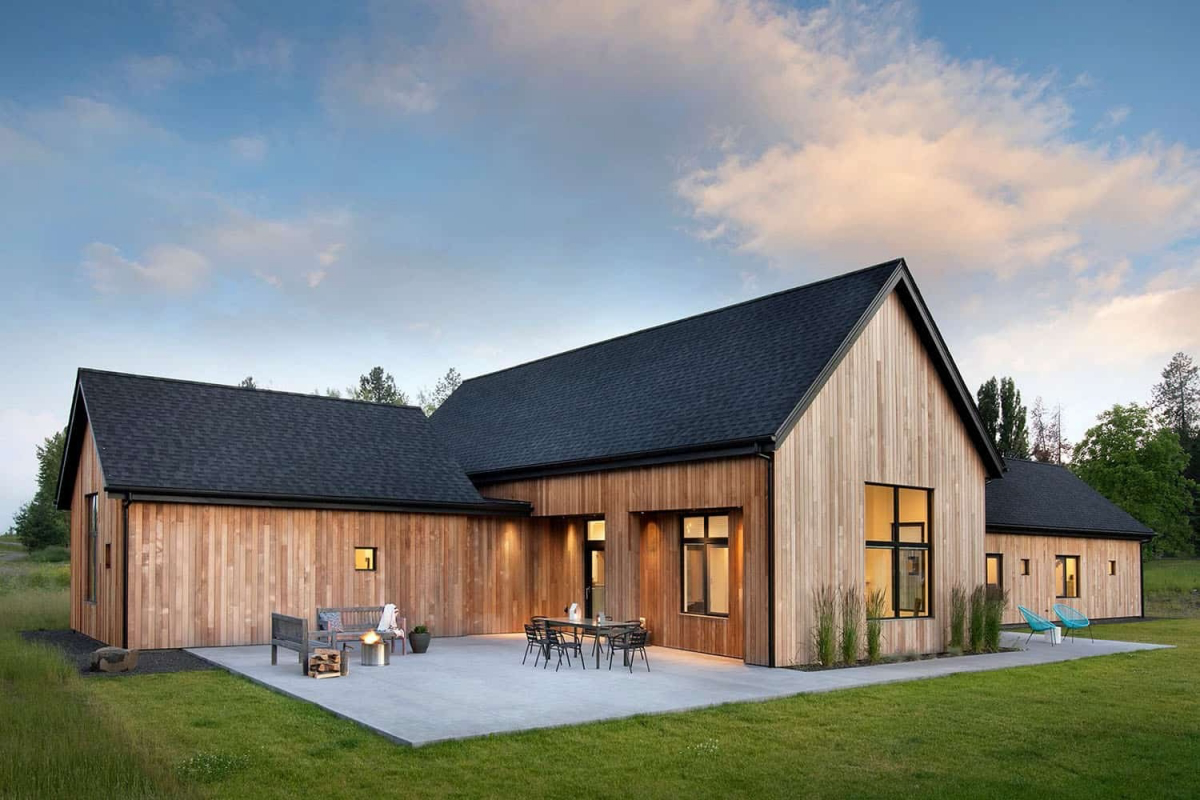
That awe-inspiring open-plan great room, a signature of barn living, has one major hidden challenge: acoustics. Sound waves bounce uncontrollably off hard surfaces like wood floors, glass walls, and high ceilings, turning conversations into a cacophony.
- Incorporate large, thick-piled area rugs to absorb floor-level sound.
- Use heavy, luxurious drapes instead of simple blinds.
- Choose plush, upholstered furniture over wood or leather.
- Consider installing discreet acoustic panels (some are even designed to look like artwork) on walls or ceilings.
A common mistake to avoid: Under-scaling your furniture. A standard-sized sofa or dining table can look comically small and lost within the grand proportions of a barn’s great room. Opt for oversized sectionals, long refectory-style tables, and large-format art to match the scale of the space and create a balanced, inviting atmosphere rather than an empty hall.










